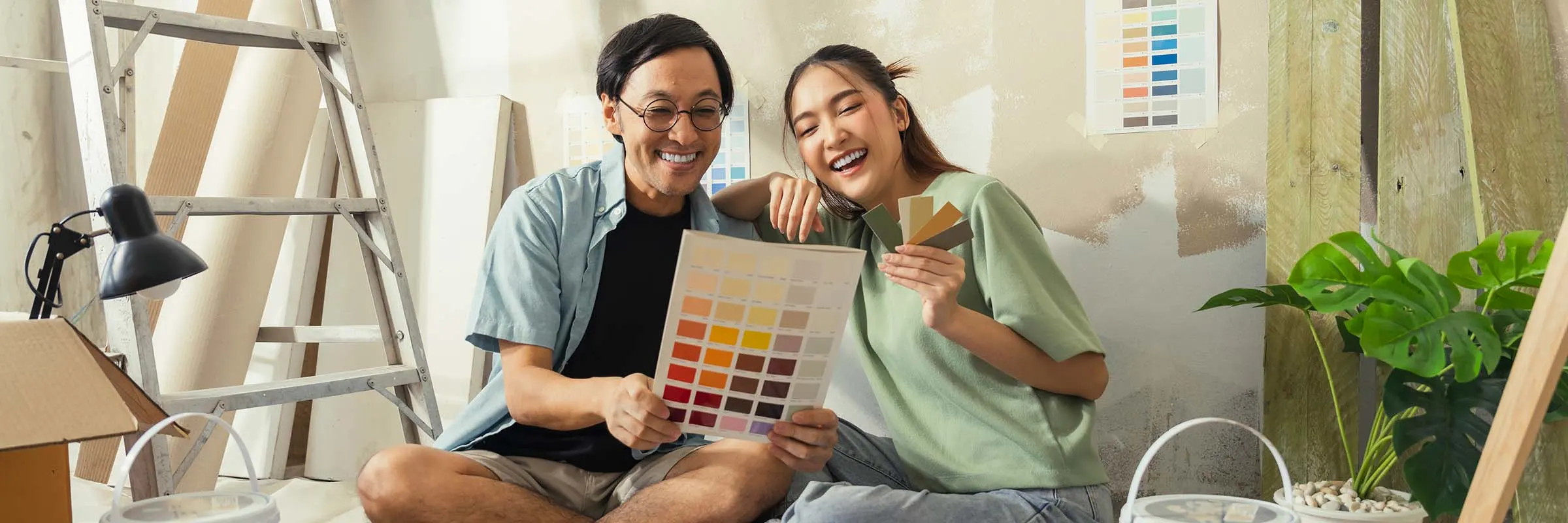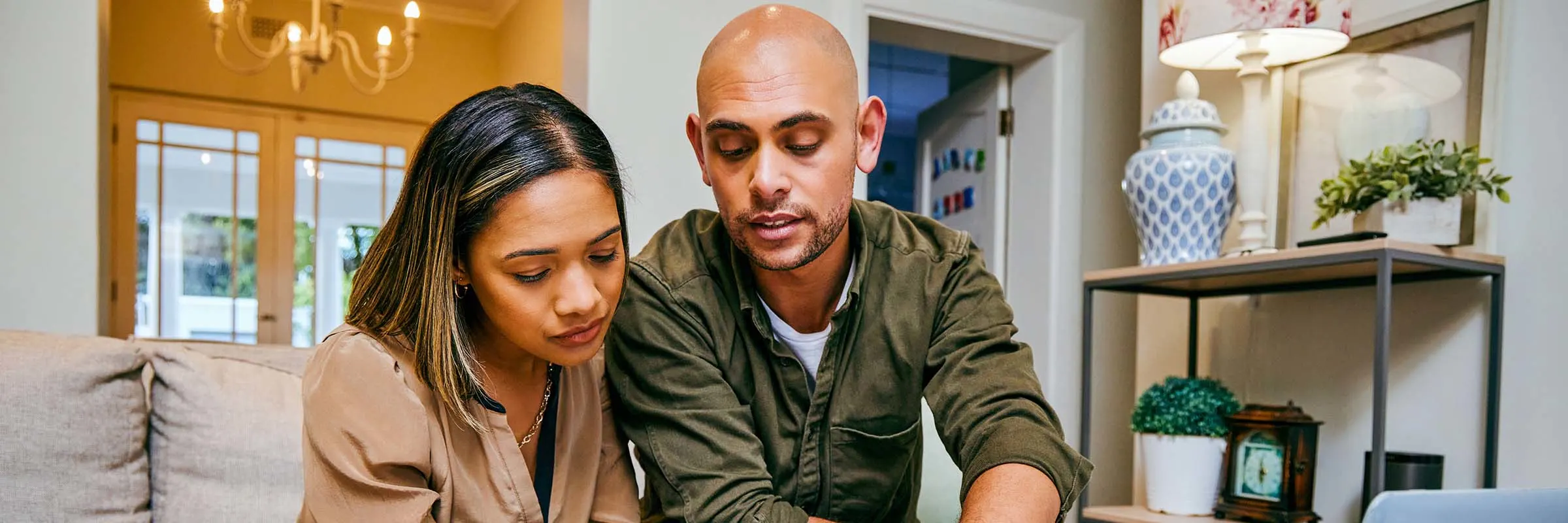A down payment is an essential part of homebuying. We've got you covered with answers to common questions — from how much money you need for a down payment to ways you can come up with the cash.
What is a down payment, and how much do you need for one?
Simply put, a down payment is a percentage of your home's purchase price that you pay upfront when you open a home loan.
The amount depends on your home's purchase price and the type of loan you choose. A common homebuying myth is that you must put down 20% of a home’s price, whether you’re getting a fixed-rate or adjustable-rate mortgage. (If you’re buying a $300,000 house, a 20% down payment is $60,000.) Conventional home loans can require as little as 3% down, however, for anything below 20%, you could be required to pay private mortgage insurance as a part of your monthly payment. There are other home loan alternatives that may work better for your homebuying budget.
Read more: 10 ways to save for your down payment
Use this quick and easy calculator to figure out how much down payment you can expect to pay:
What are some ways you can source a down payment?
You have a few choices, some specific to first-time homebuyers, when making a down payment:
Savings: When saving for a down payment, starting early and staying consistent will help you generate the stockpile you need. With an Ally Bank Savings Account, you can designate a “future home” savings bucket, which will help you earmark the money and refrain from using for other expenses. Plus, when you set up automations, such as recurring transfers, you don’t even have to think about making consistent deposits.
Down payment assistance programs: If you’re a first-time homebuyer, you might qualify for financial support from a government agency or private organization, like a nonprofit. Down payment assistance may be available via grants, forgivable loans with 0% interest, matched savings programs, deferred-payment loans with 0% interest or low-interest loans. Amount and eligibility requirements vary but are usually based on your income, credit history and location.
Retirement funds: First-time homebuyers may choose to tap into a Traditional IRA up to $10,000 to make a down payment, without being subject to the additional early distribution tax. Typically, it’s not a best practice to withdraw from your retirement fund early, lest you compromise your future plans. You could also consider a 401(k) loan. Unlike a 401(k) withdrawal, a 401(k) loan allows you to avoid a withdrawal penalty if you’re younger than age 59 ½, and the amount will not be subject to income tax. But there are rules around how much you can borrow, and you’ll have to repay the loan with interest. You should consult a tax professional before withdrawing retirement funds to determine the right choice for your situation.
Read more: What are Ally Bank’s buckets and boosters?
What should you avoid when sourcing a down payment?
When it comes to buying a house, some of the more typical sources of cash are off limits, including:
Personal loans: Generally speaking, personal unsecured loans cannot be used for a down payment. Because unsecured loans aren’t backed by collateral, lenders generally view down payments from them as higher-risk transactions.
Borrowing money from family and/or friends: The key word here is “borrowed.” If you have to pay it back, lenders are going to see it as an additional risk. If you have generous loved ones in your life and receive gift money that doesn’t have to be paid back, it can be applied to your down payment, but you could need documentation that makes it clear the funds are truly a gift.
Credit cards: Aside from most credit limits not being high enough to cover a down payment, most lenders do not permit credit card payments to be used for down payment funds.
Additional lower down payment alternatives
You could go with a loan that does not require a down payment of 20%. Look into your lenders offerings, including from the Federal Housing Administration (FHA), Freddie Mac and Fannie Mae, the Department of Veteran Affairs (the VA) and the United States Department of Agriculture (USDA). Not every lender will offer all of these types of loans, so ask them which ones are available.



